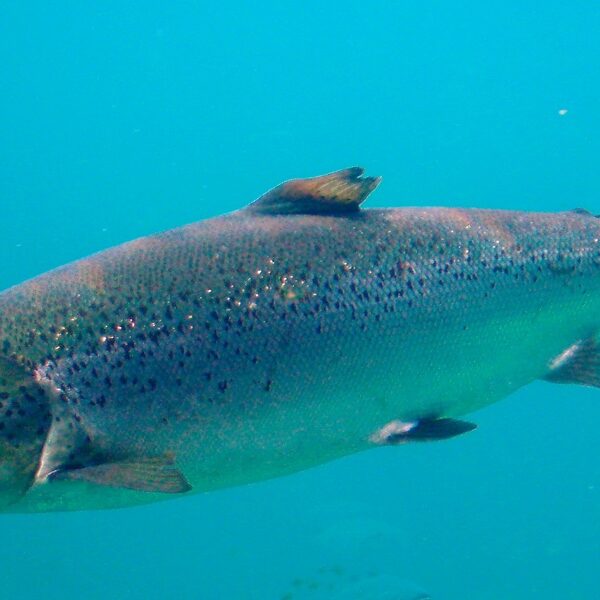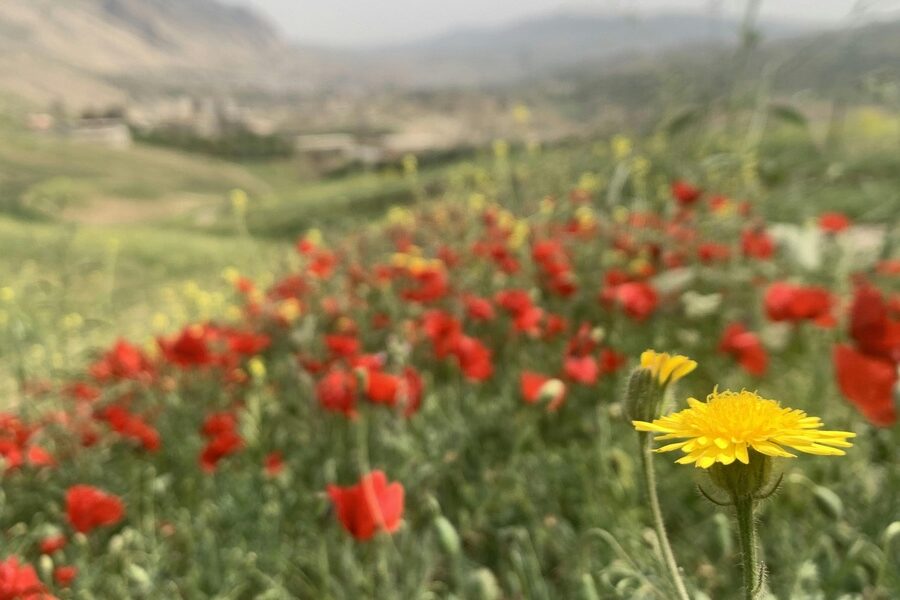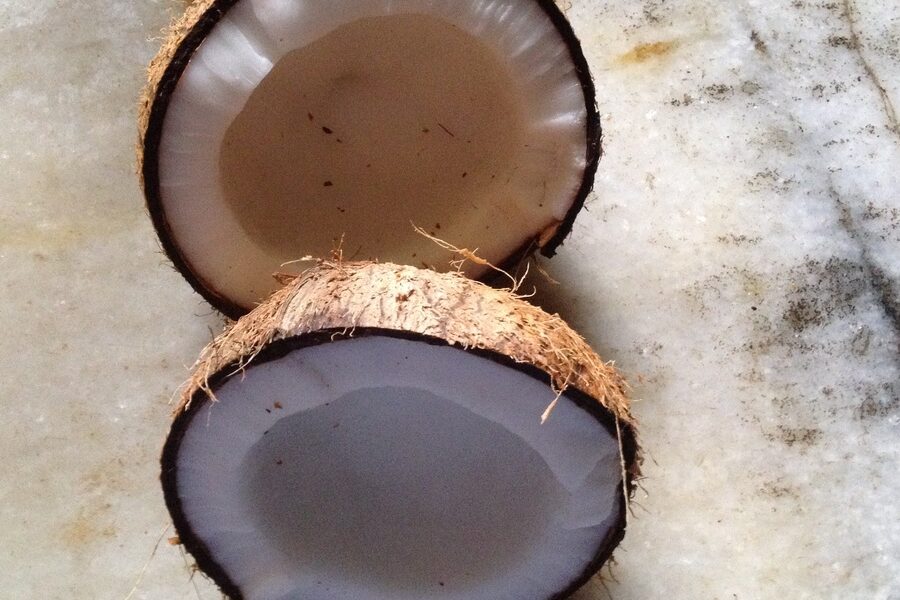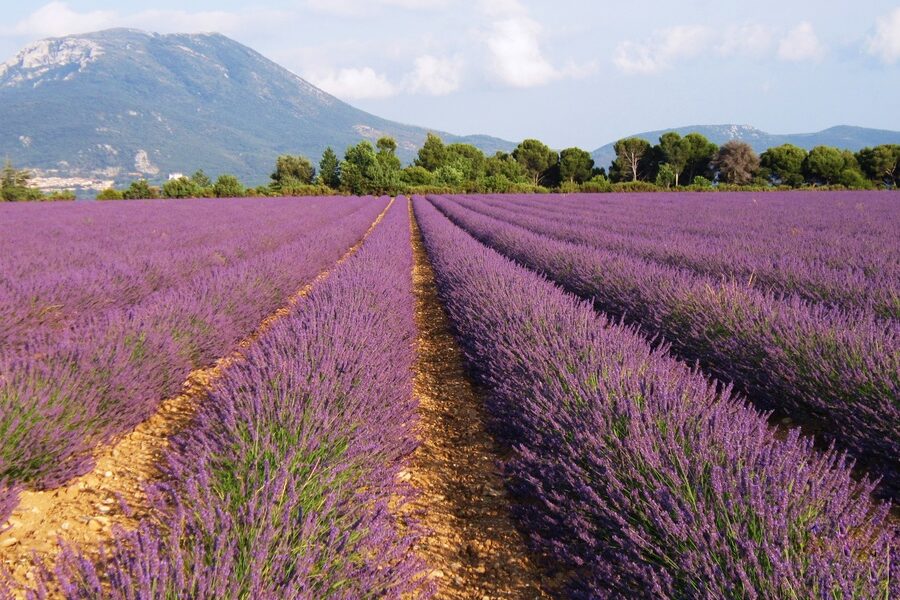From the Sahelian plains to the Niger River’s reedbeds and occasional woodland patches, Niger hosts plant species shaped by heat, seasonal floods and grazing. Local communities, pastoralists and conservationists rely on these plants for food, fuel and ecosystem services across very different habitats.
There are 35 Niger’s native plants, ranging from African ebony to White cross-berry; entries are organized under Scientific name,Plant type,Height (m), which you’ll find below.
How can I use this list to identify plants in the field?
Start with the Scientific name to confirm identities in a field guide or app, then use Plant type and Height (m) as quick checks; also note leaves, flowers, fruit and habitat, take clear photos, and compare with local vernacular names when possible.
Are any of these plants threatened or protected in Niger?
Some species are vulnerable due to habitat loss, overgrazing and drought, so consult the IUCN Red List, national conservation lists or local herbarium records for status and contact regional NGOs for guidance on protection or restoration efforts.
Niger’s Native Plants
| Common name | Scientific name | Plant type | Height (m) |
|---|---|---|---|
| Baobab | *Adansonia digitata* L. | tree | 10-25 |
| Desert date | *Balanites aegyptiaca* (L.) Delile | tree | 3-10 |
| Gao tree | *Faidherbia albida* (Delile) A.Chev. | tree | 6-30 |
| Umbrella thorn | *Acacia tortilis* (Forssk.) Hayne | tree | 4-15 |
| Red acacia | *Vachellia seyal* (Delile) P.J.H.Hurter | tree | 3-12 |
| Doum palm | *Hyphaene thebaica* (L.) Mart. | tree | 6-17 |
| African fan palm | *Borassus aethiopum* Mart. | tree | 15-25 |
| Tamarind | *Tamarindus indica* L. | tree | 10-20 |
| Shea tree | *Vitellaria paradoxa* C.F.Gaertn. | tree | 7-15 |
| Néré | *Parkia biglobosa* (Jacq.) G.Don | tree | 7-20 |
| African myrrh | *Commiphora africana* (A.Rich.) Engl. | shrub | 2-5 |
| Bush-tea | *Combretum micranthum* G.Don | shrub | 2-5 |
| Guiera | *Guiera senegalensis* J.F.Gmel. | shrub | 1-3 |
| Broom bush | *Leptadenia pyrotechnica* (Forssk.) Decne. | shrub | 1-3 |
| Sodom apple | *Calotropis procera* (Aiton) W.T.Aiton | shrub | 1-4 |
| Toothbrush tree | *Salvadora persica* L. | shrub | 2-6 |
| Kram-kram | *Cenchrus biflorus* Roxb. | grass | 0.1-0.6 |
| Taman | *Panicum turgidum* Forssk. | grass | 0.5-1.5 |
| Drinn | *Stipagrostis pungens* (Desf.) De Winter | grass | 1-2 |
| Gamba grass | *Andropogon gayanus* Kunth | grass | 1.5-3 |
| Egyptian thorn | *Acacia nilotica* (L.) Willd. ex Delile | tree | 5-20 |
| African mahogany | *Khaya senegalensis* (Desv.) A.Juss. | tree | 15-30 |
| African ebony | *Diospyros mespiliformis* Hochst. ex A.DC. | tree | 15-25 |
| Marula | *Sclerocarya birrea* (A.Rich.) Hochst. | tree | 7-18 |
| Camel’s foot | *Piliostigma reticulatum* (DC.) Hochst. | tree | 3-10 |
| Frankincense tree | *Boswellia dalzielii* Hutch. | tree | 6-13 |
| Indian jujube | *Ziziphus mauritiana* Lam. | shrub | 3-8 |
| Sweet dattock | *Detarium microcarpum* Guill. & Perr. | tree | 5-10 |
| African grape | *Lannea microcarpa* Engl. & K.Krause | tree | 5-15 |
| White cross-berry | *Grewia tenax* (Forssk.) Fiori | shrub | 1-3 |
| Colocynth | *Citrullus colocynthis* (L.) Schrad. | vine | 0.1-0.3 |
| Puncture vine | *Tribulus terrestris* L. | forb | 0.1-0.5 |
| Camel grass | *Cymbopogon schoenanthus* (L.) Spreng. | grass | 0.3-1 |
| Herringbone grass | *Schoenefeldia gracilis* Kunth | grass | 0.3-0.8 |
| Maerua | *Maerua crassifolia* Forssk. | tree | 2-8 |
Images and Descriptions

Baobab
An iconic, long-lived tree of Niger’s southern savannas, easily recognized by its massive, water-storing trunk. Its vitamin C-rich fruit pulp, young leaves, and seeds are important food sources, while its bark provides fiber for rope. It’s a keystone species in local agroforestry systems.

Desert date
A spiny, drought-resistant evergreen tree found throughout Niger’s Sahelian and Sudanian zones. Its bitter-sweet fruit is eaten, and the kernel yields a valuable oil for cooking and soap. Its thorny nature makes it excellent for protective livestock enclosures (zerebas).
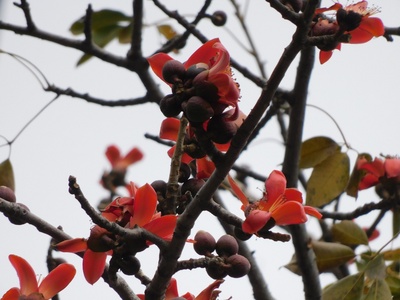
Gao tree
A unique acacia relative that is dormant during the rainy season, allowing crops to grow beneath it. Found in Sahelian agro-pastoral systems, it enriches the soil with nitrogen and provides crucial dry-season fodder for livestock from its pods and leaves.
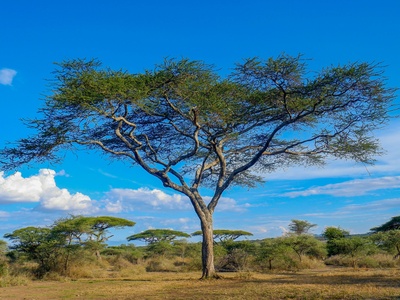
Umbrella thorn
A classic, flat-topped acacia defining the Sahelian landscape, extremely tolerant of drought and heat. Its twisted pods are a vital, protein-rich dry-season fodder for livestock. The dense wood is used for fuel and high-quality charcoal.

Red acacia
A thorny tree common on heavy clay soils in the Sahel, recognizable by its rusty-red or greenish-yellow powdery bark. It produces Gum Talha, a type of gum arabic, and its wood is a primary source of fuelwood and charcoal in the region.

Doum palm
A distinctive branching palm tree found in wadis and oases of the Sahara and northern Sahel. Its hard-shelled fruit has an edible, gingerbread-flavored pulp. The fronds are widely used for making baskets, mats, and rope, while the wood is used for construction.

African fan palm
A tall, robust palm with a distinct bulge in its trunk, growing along riverbanks and in the Sudanian savanna of southern Niger. The fruit, sap (for palm wine), and leaves (for thatch and weaving) are all economically important to local communities.

Tamarind
A long-lived tree with dense foliage, common in the Sudanian and southern Sahelian zones. Its sour-sweet pulp is a key ingredient in drinks, sauces, and traditional medicine. The hard, durable wood is also highly valued for construction and tool making.

Shea tree
A vital tree of the Sudanian savanna parklands in southern Niger. Its nuts are the source of shea butter, a crucial commodity used for cooking, cosmetics, and traditional medicine. The tree is protected by local communities due to its immense economic value.

Néré
An essential agroforestry tree of the Sudanian savanna, known as the African locust bean. Its seeds are fermented to create ‘dawadawa’ or ‘soumbala’, a pungent, protein-rich food condiment. The sweet, yellow pulp surrounding the seeds is also eaten.

African myrrh
A spiny, multi-stemmed shrub or small tree common in the Sahel. It produces an aromatic resin called bdellium, used as incense and in traditional medicine. It is extremely drought-resistant and provides important browse for camels and goats.

Bush-tea
A common scrambling shrub in Niger’s Sahelian zones, famous for its leaves, which are brewed into a medicinal tea called kinkéliba. This popular beverage is used to treat fevers and aid digestion. Its strong, flexible stems are used for construction and basketry.
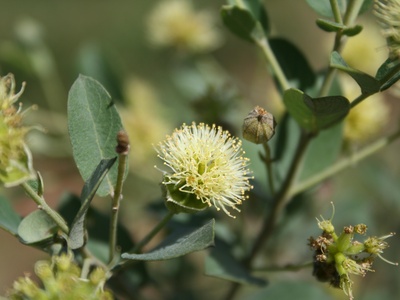
Guiera
One of the most common shrubs in the Sahel, often dominating fallow fields. It is a vital resource for traditional medicine, used to treat respiratory and digestive ailments. It also serves as important browse for livestock and is used for fuelwood.
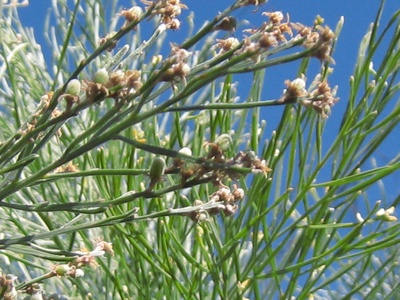
Broom bush
A nearly leafless, broom-like shrub critical for stabilizing sand dunes in the Sahara and northern Sahel. Its tough, flexible stems are used to make ropes, mats, and shelters. It is an important source of fodder for camels during extreme droughts.
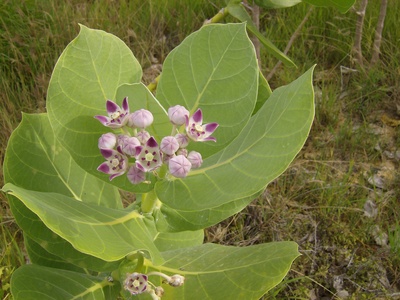
Sodom apple
A hardy, widespread shrub of disturbed and overgrazed lands across Niger. It contains a toxic milky latex but is widely used in traditional medicine. Its fibers are used for making ropes and nets, and it provides browse for goats.

Toothbrush tree
An evergreen shrub of arid, often saline, environments in the Sahel and Sahara. Its roots and twigs, known as ‘miswak’, are widely used as natural toothbrushes due to their antiseptic properties. The small red berries are edible and sweet.

Kram-kram
A widespread and resilient annual grass of the Sahel, notorious for its spiny burs that stick to fur and clothing. Despite its nuisance, its grains are a critical famine food for both people and livestock, harvested by shaking from the plant.
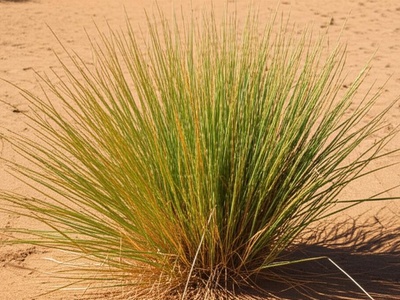
Taman
A robust, tussock-forming perennial grass that is a keystone species for stabilizing sandy soils in the Sahara and Sahel. It is highly drought-resistant and provides essential grazing for livestock, especially camels, and its grains can be eaten as a cereal.
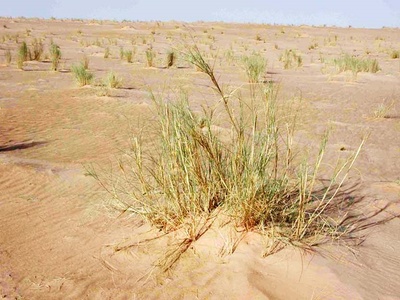
Drinn
A tough perennial grass that forms large hummocks, essential for binding sand dunes in the Saharan regions of Niger. Its deep root system makes it extremely drought-resistant, and it provides critical grazing for camels in the hyper-arid environment.
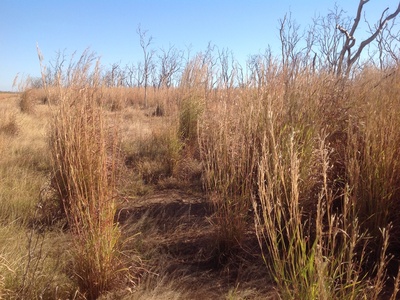
Gamba grass
A tall, robust perennial bunchgrass common in the Sudanian and wetter Sahelian zones. It is highly valued as a forage grass for cattle and is also a primary material for thatching roofs due to its long, sturdy stems.
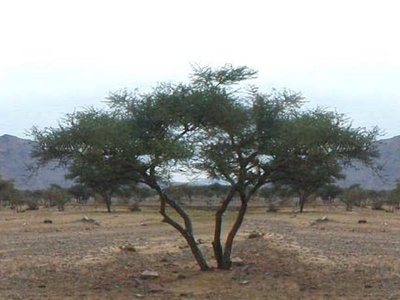
Egyptian thorn
A thorny tree typically found along rivers and in seasonally flooded areas, including the banks of the Niger River. It is a major source of high-quality gum arabic. Its pods are rich in tannins, used for leather tanning, and provide fodder for livestock.
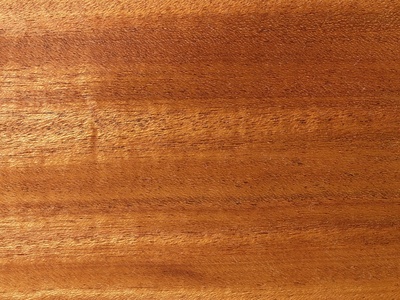
African mahogany
A large, valuable timber tree with a wide crown, found in the Sudanian savanna zone of southern Niger. Its high-quality, reddish-brown wood is used for furniture and construction. The bitter bark is widely used in traditional medicine, especially for fevers.

African ebony
A large evergreen tree of the savanna and riverine forests, often found growing on termite mounds. It produces a sweet, edible yellow fruit (jackalberry) and features a hard, dense heartwood similar to ebony, used for carving and construction.

Marula
A medium-sized tree of the Sudanian savanna, famous for its pale yellow, vitamin C-rich fruit. The fruit is eaten fresh, made into juice or alcoholic drinks. The oil-rich kernel is a nutritious food source and is also used for cosmetics.

Camel’s foot
A small, fire-resistant tree common in the Sahelian and Sudanian savannas, recognized by its twin-lobed, hoof-shaped leaves. Its pods provide fodder for livestock, the bark yields fiber for rope, and various parts are used in traditional tanning and medicine.
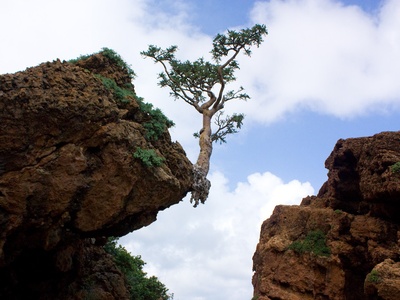
Frankincense tree
A tree found on rocky hills in the Sudanian savanna zone, known for its peeling, papery bark. It produces an aromatic resin (frankincense) when the bark is cut, which is used locally as incense and in traditional medicines.
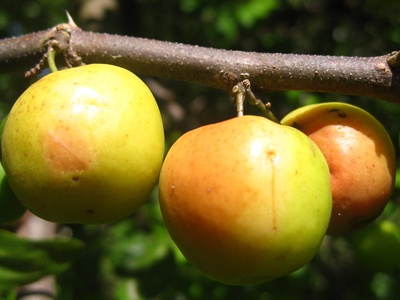
Indian jujube
A spiny shrub or small tree widespread in the Sahel, often protected on farms. It produces a small, round, apple-like fruit that is a very popular and nutritious snack. The leaves are valuable fodder for livestock, especially during the dry season.
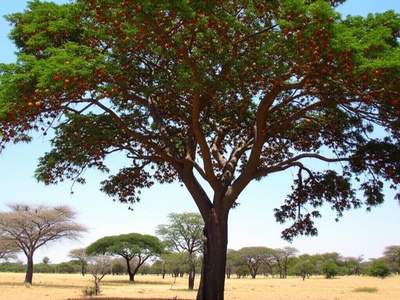
Sweet dattock
A savanna tree known for its round, flat fruit containing a green, mealy pulp that is edible but can be dry. The pulp is often used to make snacks and flour. The wood is dense, hard, and resistant to termites, making it useful for construction.

African grape
A savanna tree that produces clusters of small, grape-like fruits that turn from red to black when ripe. The fruits have a sweet, acidic taste and are widely eaten by people and wildlife. The bark has various uses in traditional medicine.

White cross-berry
A multi-stemmed shrub common in arid and semi-arid regions. It produces small, orange-red berries that are surprisingly sweet and a favorite foraged snack. The plant is drought-resistant and provides good browse for goats.

Colocynth
A creeping vine found in the Sahara and Sahel, related to the watermelon. It produces a small, hard, mottled green gourd with intensely bitter, toxic pulp. Despite its toxicity, it is a powerful component of traditional desert medicine when used carefully.
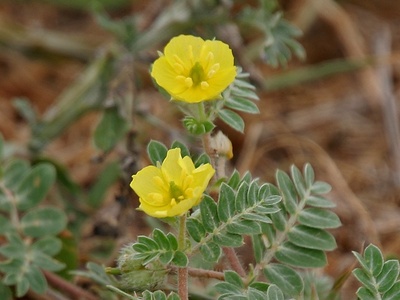
Puncture vine
A low-growing, mat-forming plant widespread in dry, sunny areas. It is known for its hard, spiny fruit that can easily puncture tires and injure feet. Despite this, it is an important plant in traditional medicine for various ailments.
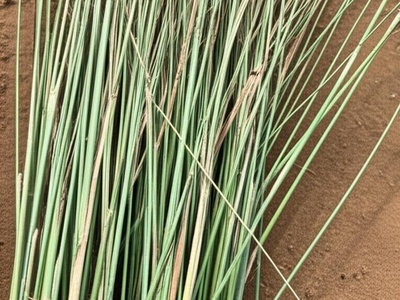
Camel grass
A fragrant, tufted perennial grass found in the arid Sahelian zone. It has a strong lemony-ginger scent and is used to make a popular herbal tea. The essential oil is used in perfumes, and the plant provides some grazing for animals.

Herringbone grass
A distinctive annual grass of the Sahel, easily identified by its single, comb-like flowering spike that curves gracefully. It is considered an indicator of good pasture and provides quality forage for livestock during the rainy season.

Maerua
An extremely drought-resistant evergreen tree of the Sahara and northern Sahel, often the only green tree visible. Its tough leaves are a critical source of year-round fodder for camels and other livestock, especially during the long dry season.

